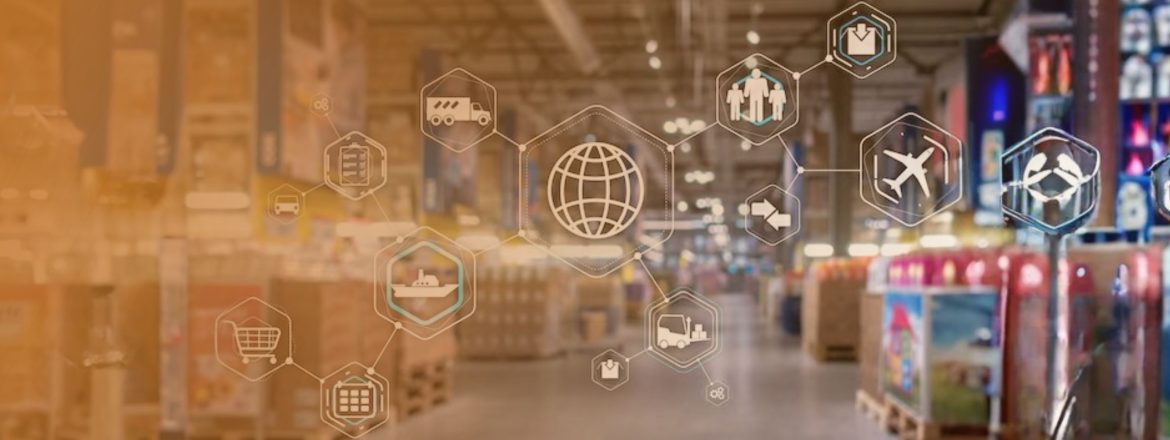How Product Sourcing Companies Are Helping Businesses Scale Fast in 2026
Introduction
In an age of uncertainty and instability in global commerce, scaling quickly is no longer a luxury; it is a requirement. By 2026, companies will increasingly embrace product sourcing firms as their strategic partner,s not just as vendors,s to address capacity constraints, reduce go-to-market timelines, and build operational resilience. This article explores how the firms enable rapid growth for their clients, what trends will shape their evolution, and what companies should consider when partnering with a sourcing firm.
1. The Strategic Role of Product Sourcing Companies
1.1 Beyond Procurement: End-to-End Solutions
Modern product sourcing firms do far more than just source suppliers and negotiate pricing. They often manage the entire experience. They may handle everything from supplier qualification to quality assurance, logistics, compliance, and post-shipping audits. Their connectivity with a client’s supply chain means they might be viewed as functional extensions of internal purchasing. By 2026, this end-to-end model will enable a speedier scaling advantage.
1.2 Risk Mitigation and Supply Chain Resilience
As supply chains experience increased pressures from climate disruptions, trade wars, and geopolitical risk, sourcing partners experience much of the volatility. Sourcing partners often engage in the chaos by offering alternative routes for sourcing or building buffer inventory. Thus, resilience is a critical value generation service to a product sourcing company.
2. How Product Sourcing Companies Help Businesses Scale Fast
2.1 Speed to Market
In new locations or product lines, time invested is more valuable than any cost. However, established sourcing firms have created supplier networks, shipping channels, and compliance experience that dramatically shorten onboarding time, allowing clients’ product launches to be faster and at a lesser cost than in-housing it.
2.2 Cost Efficiency through Aggregation
By aggregating volumes across clients, sourcing firms can negotiate more favorable rates on raw materials, labor, freight, and customs. The economies of scale of multiple clients are passed on, allowing clients to purchase at a lower cost per unit.
2.3 Quality Assurance and Compliance Oversight
Scaling with consistent quality is not without its own challenges. Sourcing firms use their own or partner inspection teams, in addition to ISO audits and real-time reporting, to ensure growth is not accompanied by a reduced quality, an increase in defects, or compliance issues.
2.4 Technological Leverage & Data Analytics
Leading sourcing firms leverage digital platforms, supplier portals, real-time dashboards, and predictive analytics–to monitor lead times, deviations, and risk. This technology lens provides visibility, control, and ultimately the capacity for better decision-making for clients.
2.5 Flexibility & Modular Scaling
Sourcing partners can extremely quickly ramp up or reduce capacity based on examples and seasonal shifts and fluctuations, while not requiring the client to invest in any permanent infrastructure or labor. This is critical to being able to nimbly scale.

3. Trends Shaping the Next Phase (2026 and Beyond)
3.1 Regional Diversification & Nearshoring
To avoid over-reliance on single-source geographies, sourcing companies will be strengthening networks in Latin America, Africa, Southeast Asia, and Eastern Europe, giving clients the flexibility to shift regions while also providing insulation of supply chains.
3.2 Sustainability & Ethical Sourcing
ESG (environmental, social, governance) measurements will become a requirement. Sourcing firms will be investing in traceability, carbon accounting, fair labor audits, and circular design, and clients who partner with firms committed to these changes will be able to leverage their good standing socially.
3.3 Digital Marketplaces & E-Sourcing
The emergence of e-sourcing firms (digital platforms that connect buyers with suppliers) will supplement, rather than replace, traditional sourcing firms. Hybrid models will emerge: sourcing firms will adopt platform models to quickly onboard suppliers across the globe.
3.4 Talent & Skill Sourcing Capabilities
Some sourcing firms will expand into talent sourcing firm services and provide the ability to tap into clerical, QA, technical, and remote people in the supplier location. This integrated model allows clients to manage products and people in foreign locations.
3.5 Niche Vertical Specialization
In regions like apparel, electronics, and pharmaceuticals, clothing sourcing firms or electronic sourcing specialists will emerge to dominate those verticals. They have deep domain knowledge, regulatory experience, and supplier depth in those categories.
3.6 AI & Predictive Sourcing
Machine learning models will predict raw material pricing, lead time risk, and demand volatility. Sourcing firms that embrace AI models will reduce the client’s risk by providing solutions to predict supply challenges instead of reacting to them.
4. Choosing the Right Product Sourcing Partner
4.1 Credibility & Track Record
Be sure to review and/or evaluate case studies, references, certifications (ex., ISO, SA8000), and performance during prior disruptions.
4.2 Transparency & Technology Adoption
A sourcing partner without contemporary reporting, dashboards, or digital visibility will stunt your agility. You need the complete transparency of supplier data, audit trails, and cost breakdowns.
4.3 Geographical Reach & Network Diversity
A sourcing partner limited to a single region will become a bottleneck. Choose a sourcing partner with multi-country footprints and multi-supplier redundancy.
4.4 Contractual Safeguards & SLAs
Insist on service level agreements (SLAs) for lead time, defect rates, replacement agreements, and penalty clauses for non-compliance.
4.5 Cultural Fit & Communication
Smooth scaling relies on trust, ethical alignment, responsiveness, and shared values. Even with a technically superior partner, a poor cultural match may not hold together.
5. Case Illustrations
- Consumer Electronics Firm: A mid-sized electronics brand used a sourcing partner to launch in Latin America within six months while receiving a 20% reduction of their procurement overhead.
- Apparel Brand: A direct-to-consumer apparel label used an apparel sourcing specialist to double their SKU count without hiring any sourcing staff, all while maintaining defect rates below 0.5%.
- Medical Device Startup: Engaged a firm that combined product sourcing with local QA staffing and passed regulatory audits in multiple countries in record time.
6. Risks and Mitigations
Risk | Description | Mitigation |
Overreliance | The client becomes overly dependent on one partner | Maintain parallel supplier strategy; keep some internal capability |
Hidden Costs | Unforeseen logistics, inspection, or change fees | Negotiate full transparency of cost breakdowns and audit rights |
Governance & Compliance | Sourcing partner lapses lead to reputational damage | Demand ESG audits, third-party oversight, and ethical certifications |
Intellectual Property Leakage | Designs may be leaked to competitors | Strict NDAs, watermarking, and limited supplier access |
By anticipating these risks, clients can protect growth while leveraging a sourcing partner’s strengths.
7. Outlook: Why 2026 Will Be a Turning Point
In 2026, the combination of supply chain uncertainty, demand uncertainty, and margin pressure will mean that many firms will choose to outsource mission-critical procurement work. Product sourcing organizations have the potential to evolve from cost-centres to strategic growth engines. The product sourcing agent that distinguish themselves will be those that combine a global footprint, digital expertise, responsible sourcing, and human capital services. Businesses that begin their alignment with the right sourcing partner sooner rather than later will be better positioned to scale quickly, pivot easily, and enjoy success in uncertain markets.
Conclusion
To scale quickly in 2026, businesses cannot plan to rely solely on organic growth. Product sourcing organizations are emerging as strategic growth enablers with the advantages of speed, risk diversification, cost leverage, and domain expertise.
As sourcing models change due to digital platforms, vertical specialization, and integrated talent services, the key consideration will be choosing a partner that matches your business culture and products with transparency, credibility, and scalability.
Frequently Asked Questions (FAQ)
Sourcing services companies are professional firms that assist businesses with supplier relationship management, with an emphasis on efficiency and compliance, enjoying a long-term relationship and collaboration.
Agents usually manage single transactions, whereas sourcing companies create a working relationship with suppliers by employing a complete supplier relationship management process with strategic oversight.
Because trust and compliance help assure quality, minimize risk, and ensure delivery performance.
Technology provides transparency, risk monitoring, and automates and enables collaboration between buyers and suppliers across borders.
Sourcing services firms help mediate disputes, enforce contractual obligations and formalize a corrective actions plan, whilst assuring business continuity.
No. Small and medium-sized enterprises will also leverage the knowledge of sourcing services companies and access to their network to connect to global suppliers without excess overhead.









